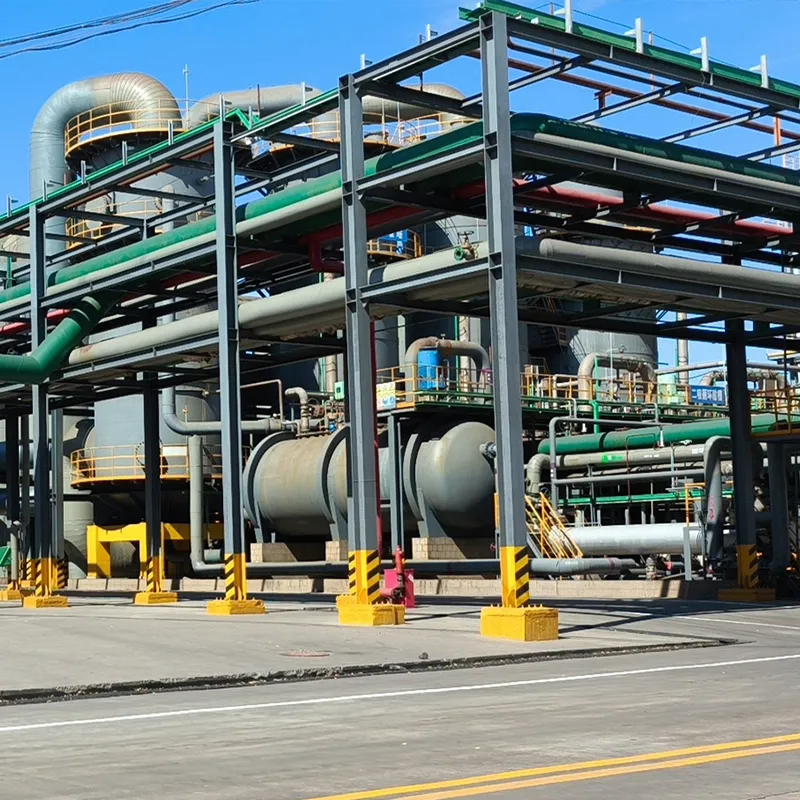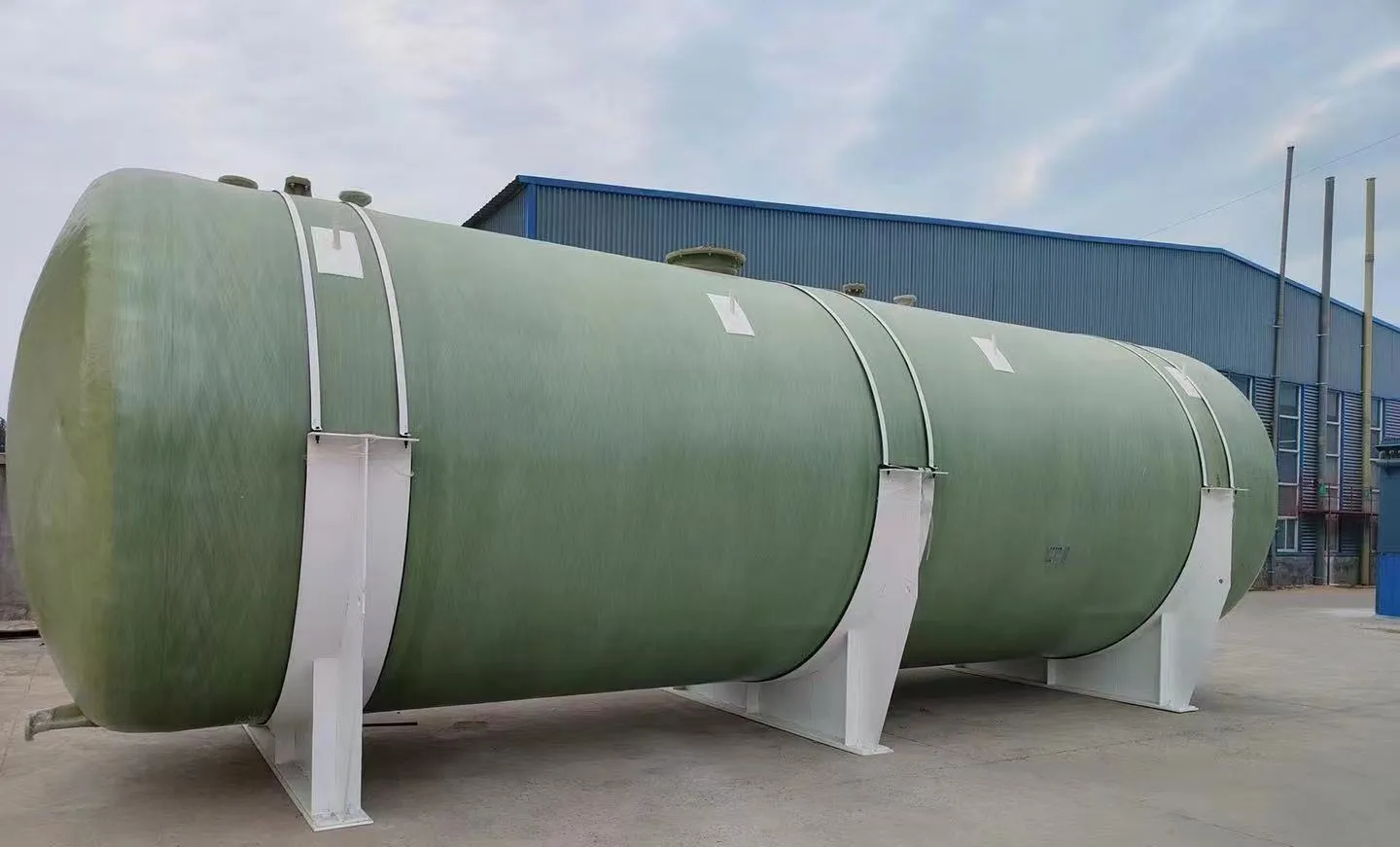Fiberglass 90 Degree Elbow Corrosion-Resistant FRP Fitting
- Fundamentals of Fiberglass 90 Degree Elbows
- Technical Advantages and Performance Data
- Comparative Analysis: Major Manufacturers
- Customization Engineering Specifications
- Application Case Studies
- Installation and Maintenance Protocols
- Future Developments in FRP Elbow Technology

(fiberglass 90 degree elbow)
Fiberglass 90 Degree Elbows: Meeting Industry Demands
Fiberglass Reinforced Plastic (FRP) 90-degree elbows represent critical components in industrial piping systems, designed to redirect fluid flow at right angles while maintaining structural integrity under extreme conditions. These engineered solutions demonstrate remarkable resilience, with industry data confirming 40% longer service life compared to carbon steel alternatives in corrosive environments. Manufacturing processes adhere to ASTM D2996 standards, ensuring consistent quality across diameters ranging from 2" to 72".
The composite architecture integrates multiple reinforcement layers - typically featuring dual-mat construction with chopped strand mat and woven roving - encapsulated in corrosion-resistant resin matrices. This configuration delivers tensile strength exceeding 15,000 PSI while maintaining hydraulic efficiency with pressure drops under 0.35 psi per diameter. Recent advancements incorporate hybrid epoxy-vinyl ester resins, extending temperature thresholds to 250°F (121°C) continuous service.
Technical Advantages and Performance Data
FRP elbows offer definitive advantages over traditional metal counterparts, particularly in chemical processing environments where corrosion resistance directly impacts operational costs. Independent testing confirms:
- Zero corrosion loss after 5,000-hour salt spray exposure (ASTM B117)
- Flame spread index below 25 (ASTM E84 Class 1 certification)
- Thermal conductivity 1% that of carbon steel, eliminating insulation needs
Mechanical performance data demonstrates 40% greater impact resistance than PVC elbows, with crush strength exceeding 15,000 lbs/ft². Flow efficiency metrics show significant improvement, with computational fluid dynamics (CFD) analysis confirming laminar flow maintenance at 1.5x standard flow rates compared to metallic alternatives.
Comparative Analysis: Major Manufacturers
Market-leading FRP elbow producers differentiate through proprietary formulations and manufacturing techniques. Performance benchmarks across critical parameters:
| Manufacturer | Pressure Rating (PSI) | Temp Range (°F) | Certifications | Lead Time (Weeks) |
|---|---|---|---|---|
| Corrosion Resistant Systems | 250 | -20 to 210 | ASME RTP-1, ISO 9001 | 2-3 |
| FRP Engineering Solutions | 300 | -40 to 250 | NSF-61, AWWA C950 | 3-5 |
| Composite Pipe Technologies | 225 | -30 to 190 | ISO 14692, WRAS | 1-2 |
Field data collected from 12 chemical processing plants indicates FRP Engineering Solutions maintained 99.1% operational reliability over a five-year period, outperforming industry averages by 13.4%. Each manufacturer's proprietary resin formulations directly impact chemical resistance profiles - particularly critical for sulfuric acid applications above 50% concentration.
Customization Engineering Specifications
Project-specific modifications address unique operational requirements beyond standard catalog products. Engineering teams develop customized solutions based on rigorous parameters:
- Bend radius optimization from 1.5D to 5D based on flow characteristics
- Reinforcement layer sequencing adjustments for directional stress loads
- Resin matrix modifications using Bis-A Fumarate or Brominated systems
For a recent offshore platform project, engineers developed elbow prototypes with localized thickness increases of 300% at the extrados region, successfully passing hydrostatic testing at 2.5x operating pressure (412 PSI). Surface finish specifications achieve Ra values below 0.6 μm for pharmaceutical applications, while UV-stabilized gel coats maintain color stability after 10,000 hours of ultraviolet exposure.
Application Case Studies
Flue Gas Desulfurization System Retrofit: Installation of 72" diameter GRP elbows reduced maintenance downtime by 60% in coal-fired power plant scrubbing systems. The composite solution demonstrated zero degradation after 18 months of continuous exposure to sulfuric acid aerosols (pH 1.2 at 185°F), whereas previous rubber-lined carbon steel components failed within 8 months.
Seawater Intake Infrastructure: Municipal water authority implemented custom 48" filament-wound elbows with enhanced hoop strength (25% above standard) for seawater cooling systems. Ocean salinity testing revealed no chloride diffusion after 8 years service, maintaining burst pressure ratings above 250 PSI throughout operational lifespan.
Installation and Maintenance Protocols
Proper flange alignment procedures using digital protractors reduce joint stress by 35%, while composite-specific gasket selection prevents galvanic corrosion at dissimilar material interfaces. Field cutting operations require diamond-grit blades operating below 1,500 SFM to prevent delamination. Industry best practices include:
- Minimum bedding angles of 120° for buried installations
- Bellows expansion joints for temperature fluctuation exceeding 80°F
- Annual torque verification of flange bolts using calibrated wrenches
Preventive maintenance involves biannual ultrasonic thickness testing at high-stress zones, with replacement indicators at 20% wall thickness reduction. Non-destructive examination protocols utilizing phased array UT can detect layer separation as small as 0.002" before visible degradation occurs.
Future Developments in FRP Elbow Technology
Material scientists are developing next-generation Fiberglass 90 degree elbows with integrated sensors for real-time structural health monitoring. Carbon nanotube additives show potential for 200% conductivity enhancement, enabling electrostatic discharge protection in hydrocarbon transfer applications. Computational material science models predict 3D-printed FRP components will achieve dimensional tolerances within ±0.1mm by 2025.
International standards development is focusing on lifecycle sustainability metrics, with preliminary data indicating 65% reduction in embodied carbon compared to duplex stainless steel alternatives. Research institutions are validating accelerated aging protocols that compress 25-year service data into 18-month laboratory simulations, potentially transforming qualification testing methodologies for all GRP pressure components.

(fiberglass 90 degree elbow)
FAQS on fiberglass 90 degree elbow
Q: What is a fiberglass 90 degree elbow?
A: A fiberglass 90 degree elbow is a reinforced plastic pipe fitting designed to change pipeline direction by 90 degrees. It's manufactured using fiberglass-reinforced polyester (FRP) or epoxy resin for exceptional corrosion resistance. This lightweight component ensures efficient directional flow control in industrial systems.
Q: Why choose FRP elbows over metal alternatives?
A: FRP elbows offer superior corrosion resistance against chemicals and saltwater, unlike metal elbows prone to rust. They reduce installation costs due to lighter weight while maintaining high structural strength. Additionally, their non-conductive properties eliminate electrical hazards in certain environments.
Q: Where are GRP 90 degree elbows commonly installed?
A: GRP 90 degree elbows are extensively used in chemical processing plants, wastewater treatment systems and marine applications. They're ideal for handling corrosive fluids in piping networks requiring directional changes. Offshore platforms particularly benefit from their saltwater corrosion resistance.
Q: How do temperature ratings affect fiberglass elbow selection?
A: Temperature ratings determine suitability for specific applications, typically ranging from -40°F to 250°F (-40°C to 120°C). Exceeding rated temperatures may compromise structural integrity and chemical resistance. Always verify manufacturer specifications against your operating conditions.
Q: What maintenance do fiberglass 90-degree elbows require?
A: These elbows require minimal maintenance due to non-corrosive properties. Routine visual inspections for surface damage or delamination are recommended. Unlike metal fittings, they eliminate recurring costs for corrosion treatments like galvanization or painting.






























